Best movies like Glorious Technicolor
A unique, carefully handpicked, selection of the best movies like Glorious Technicolor Starring Angela Lansbury, Esther Williams, Arlene Dahl, Evelyn Keyes, and more. If you liked Glorious Technicolor then you may also like: Visions of Light, A Visit to the Seaside, Kabloonak, Becky Sharp, Cameraman: The Life and Work of Jack Cardiff and many more popular movies featured on this list. You can further filter the list even more or get a random selection from the list of similar movies, to make your selection even easier.
The history of color photography in motion pictures, in particular the Technicolor company's work.
Glorious Technicolor
You may filter the list of movies on this page for a more refined, personalized selection of movies.
Still not sure what to watch click the recommend buttun below to get a movie recommendation selected from all the movies on this list
A Visit to the Seaside
The first successful motion picture in natural color, filmed with Kinemacolor. It is an 8 minute short film directed by George Albert Smith of Brighton, showing people doing everyday activities. It is ranked of high historical importance. Kinemacolor later influenced and replaced by Technicolor, which was used from 1916 to 1952.
Becky Sharp
The first feature length film to use three-strip Technicolor film. Adapted from a play that was adapted from William Makepeace Thackeray's book "Vanity Fair", the film looks at the English class system during the Napoleonic Wars era.
Cameraman: The Life and Work of Jack Cardiff
In 2001 Jack Cardiff (1914-2009) became the first director of photography in the history of the Academy Awards to win an Honorary Oscar. But the first time he clasped the famous statuette in his hand was a half-century earlier when his Technicolor camerawork was awarded for Powell and Pressburger's Black Narcissus. Beyond John Huston's The African Queen and King Vidor's War and Peace, the films of the British-Hungarian creative duo (The Red Shoes and A Matter of Life and Death too) guaranteed immortality for the renowned cameraman whose career spanned seventy years.
Dawson City: Frozen Time
The true history of a collection of some 500 films dating from 1910s to 1920s, which were lost for over 50 years until being discovered buried in a sub-arctic swimming pool deep in the Yukon Territory, in Dawson City, located about 350 miles south of the Arctic Circle.
Filmworker
The story of Leon Vitali, who surrendered his promising acting career to become Stanley Kubrick's devoted right-hand man.
This Film Is Not Yet Rated
Kirby Dick's provocative documentary investigates the secretive and inconsistent process by which the Motion Picture Association of America rates films, revealing the organization's underhanded efforts to control culture. Dick questions whether certain studios get preferential treatment and exposes the discrepancies in how the MPAA views sex and violence.
A Decade Under the Influence
A documentary examining the decade of the 1970s as a turning point in American cinema. Some of today's best filmmakers interview the influential directors of that time.
Easy Riders, Raging Bulls: How the Sex, Drugs and Rock 'n' Roll Generation Saved Hollywood
A look at 1970s Hollywood when it was known as New Hollywood, and the director was the star of the movie.
Sex and Buttered Popcorn
Actor Ned Beatty hosts a look at the genre known as "exploitation" films. Interviews with some of the producers and directors of these films are shown, along with scenes from and trailers for some of these films.
A Personal Journey with Martin Scorsese Through American Movies
Martin Scorsese celebrates American movies from the silent classics to the Hollywood of the seventies.
Texas Chain Saw Massacre: The Shocking Truth
A documentary primarily focusing on the filming and release of the original Texas Chainsaw Massacre.
That Midnight Kiss
Opera singer Prudence Budell, overhears truck driver Johnny Donnetti singing opera, and persuades her opera company to give him a chance in her new opera. They fall in love, but on meeting his colleague Mary while visiting Johnny's work, Prudence becomes convinced Johnny is in love with her.
The Celluloid Closet
This documentary highlights the historical contexts that gay, lesbian, bisexual and transgender individuals have occupied in cinema history, and shows the evolution of the entertainment industry's role in shaping perceptions of LGBT figures. The issues addressed include secrecy – which initially defined homosexuality – as well as the demonization of the homosexual community with the advent of AIDS, and finally the shift toward acceptance and positivity in the modern era.
Eadweard
In the second half of the 19th century, Eadweard Muybridge, the father of motion pictures, embarks on an obsessive project to record on film "the motion of life" in all of its abundance. His epic quest is eclipsed only by the depth of his jealousy over his beautiful, young wife Flora. As the project progresses, his paranoia over her fidelity consumes him, until questions arise about his son’s paternity, causing him to erupt.
Lon Chaney: A Thousand Faces
Lon Chaney, the silent movie star and makeup artist, renowned for his various characterizations and celebrated for his horror films, becomes the subject of this documentary.
All About Desire: The Passionate Cinema of Pedro Almodovar
A rare look at the the career of film director Pedro Almodóvar, especially his early works, with interviews with the director himself and his stars and admirers.
AMV Hell 3: The Motion Picture
An enormously creative and witty comedic film created by the combination of seemingly random and out of place animation clips with accompanying audio sound bites, to create a feature length gag reel that is witty, hilarious, and often downright irreverent.
Scream: The Inside Story
In 1996, the horror master Wes Craven unleashed Scream, a slasher movie aimed at a whole new generation of teenage movie-goers.
Fragments: Surviving Pieces of Lost Films
Among the pieces featured in Fragments are the final reel of John Ford's The Village Blacksmith (1922) and a glimpse at Emil Jannings in The Way of All Flesh (1927), the only Oscar®-winning performance in a lost film. Fragments also features clips from such lost films as Cleopatra (1917), starring Theda Bara; The Miracle Man (1919), with Lon Chaney; He Comes Up Smiling (1918), starring Douglas Fairbanks; an early lost sound film, Gold Diggers of Broadway (1929), filmed in early Technicolor, and the only color footage of silent star Clara Bow, Red Hair (1928). The program is rounded out with interviews of film preservationists involved in identifying and restoring these films. Also featured is a new interview with Diana Serra Cary, best known as "Baby Peggy", one of the major American child stars of the silent era, who discusses one of the featured fragments, Darling of New York (1923).
Added Attractions: The Hollywood Shorts Story
The story of the short film from the beginning of the movies in the 1890s, when all movies were shorts, through the 1950s when short subjects virtually disappeared from theaters.
Forever Ealing
This is a history of the England's Ealing Film Studios, from its beginnings in 1902. It follows the studio's successes through the 1930's, World War II dramas, the well-known 'Ealing comedies' with Alec Guinness, and the BBC's television productions
The Animated Century
The first ever comprehensive history of animation worldwide. Animated with hosts created by Bill Plympton, this films includes over 160 films from 26 countries.
The Age of Believing: The Disney Live Action Classics
Along with his legendary cartoons, Walt Disney produced a marvelous array of live action classics that came about through the use of his singular style, hard work and an unwavering belief in this vision.
WWII in 3D
For the first time, you will see dramatic moments of WWII that were captured in 3D with stereographs and then shuttered away in secret archives and attics, until now. This stunning collection of color 3D photos includes Allied reconnaissance photos, a trove of images that documents the rise and fall of the Third Reich, and photos secretly taken by a civilian in occupied France. WWII IN 3D also features an actual 3D motion picture film shot by the Nazis in 1943 and creates a fully immersive, three dimensional portrait of history's largest and bloodiest conflict.
The Sand Castle
A little boy and his sister forced to spend a day at the beach build a sand castle, to the delight and interest of others. Rich black and white photography collides with a novel fantasy sequence combining color photography, stop motion and cutout animation. Equal parts Jacques Tati, A. Lamorisse and (Hill's perrenial favorite) C. G. Jung.
Under the Red Robe
A young man is tasked by the powerful Cardinal Richelieu to capture one of the cardinal's enemies but falls in love with his target's sister. The film marks the last motion picture appearance by stage actor Robert B. Mantell who plays Cardinal Richelieu and the only silent screen performance of opera singer John Charles Thomas.
Guitar Picks and Roach Clips
"A hippie takes a musical journey through hallucinogen animation." ----------------------------------Summary from Boxoffice [Issue from 4/14/1975, p.6] This Real Live productions film consists of a kaleidoscope of images and colors, flashes of real-life scenes and animated art work, all set to music. There is no plot. The thread that holds this full-length feature together is an animated hippie character who sits in his living room listening to a Los Angeles radio station while smoking marijuana. His “high” allows him to dream up all the images on-screen. Although the film is overly long and, for that reason, seems disconnected, the photography and art work (by Patrick) are quite enjoyable. The picture seems meant to be viewed by young people and might find appeal in selective showcasing. Anton Noel produced, directed and wrote the film, done in four-channel Quadrophonic sound. Soundtrack is available from Storybook Records.
Film: The Living Record of Our Memory
Why are we still able, today, to view images that were captured over 125 years ago? As we enter the digital age, audiovisual heritage seems to be a sure and obvious fact. However, much of cinema and our filmed history has been lost forever. Archivists, technicians and filmmakers from different parts of the world explain what audiovisual preservation is and why it is necessary. The documentary is a tribute to all these professionals and their important work.
Mary Pickford: The Muse of the Movies
This documentary traces the life and work of the legendary "America's Sweetheart" Mary Pickford, silent film star, movie pioneer and keen businesswoman. Pickford's life also parallels an even larger story, telling of the birth of the cinema itself.
The Incredible Machine
The Incredible Machine [also known as Man: The Incredible Machine] is a 1975 American documentary film directed by Irwin Rosten and Ed Spiegel. It follows a "ourney" inside the human body, using advanced technology of microscopic photography and sound, including scenes of heat radiation, color x-rays, and camera exploration of a living human heart. The film is famous for including some of the first pictures ever taken inside the human body and presented on film, using some of the earliest film that medical researchers had taken inside the human digestive tract and bloodstream. It ranked as the most-watched program in Public Broadcasting Service until 1982. It was nominated for an Academy Award for Best Documentary Feature.


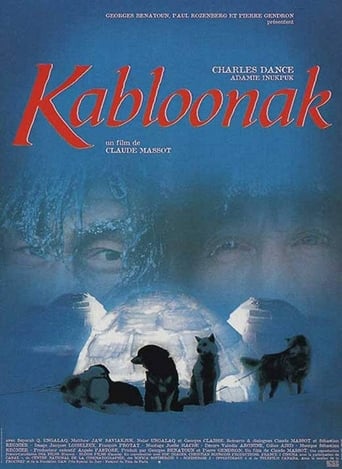
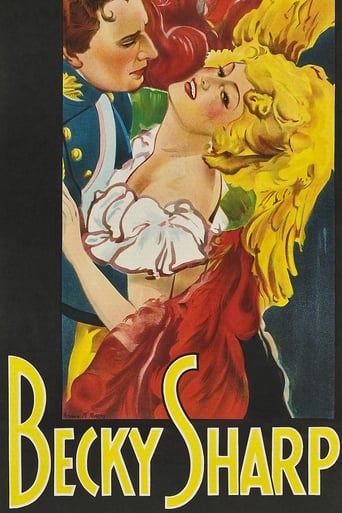
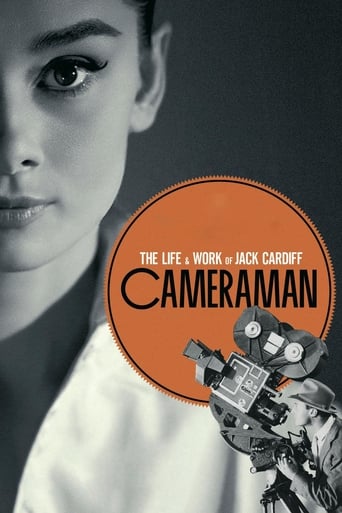

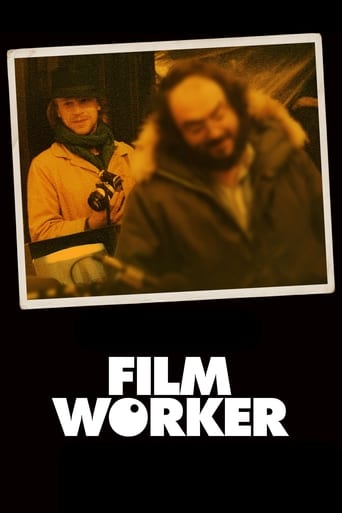




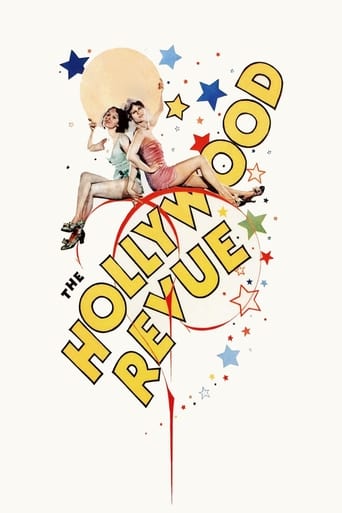









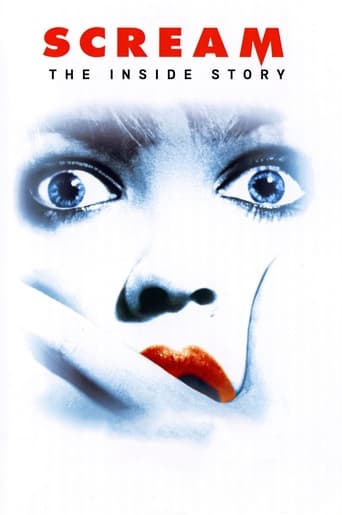
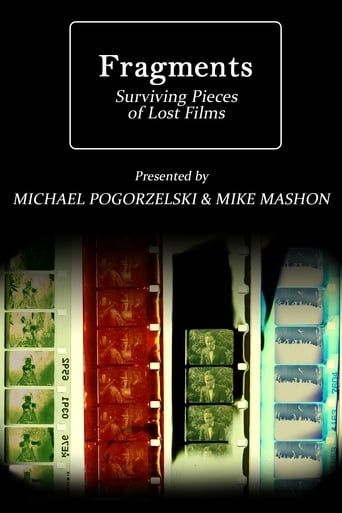

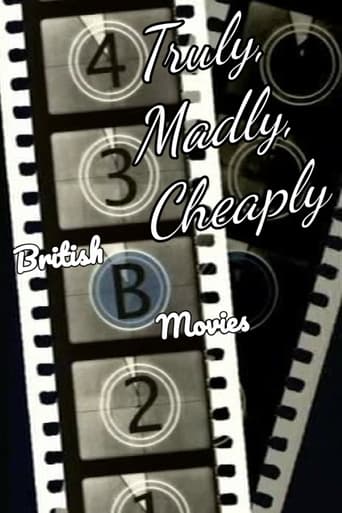

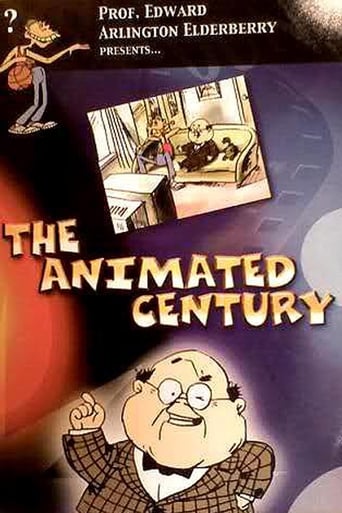






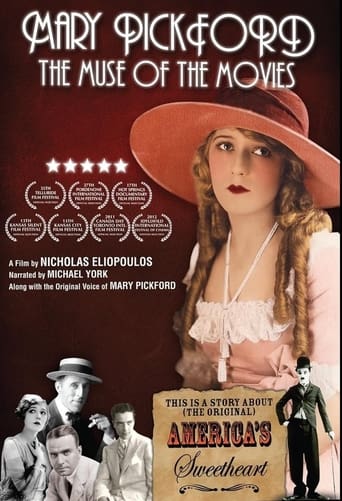

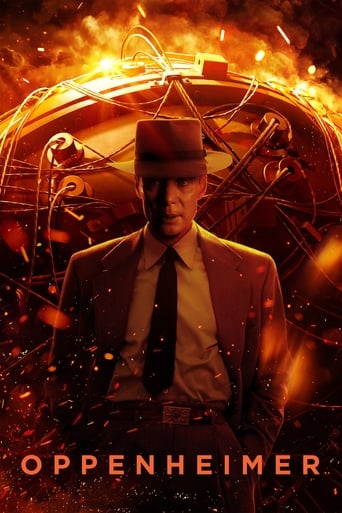
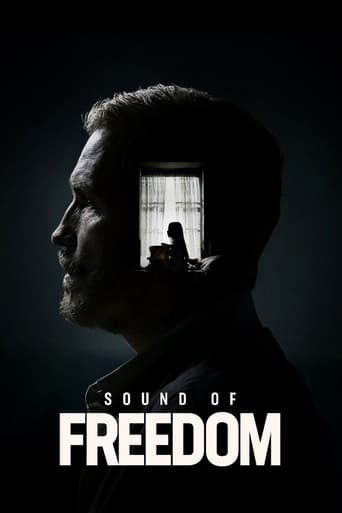

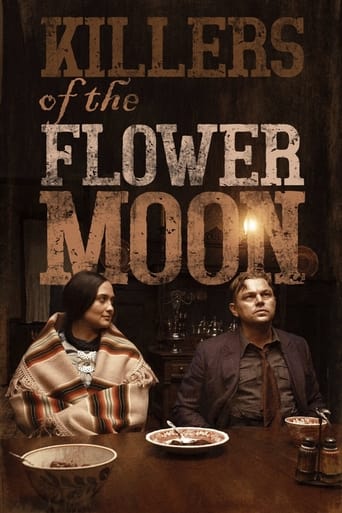
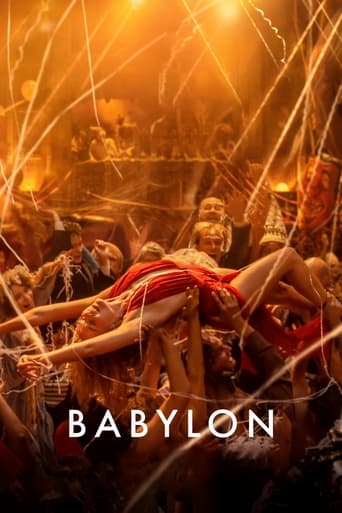

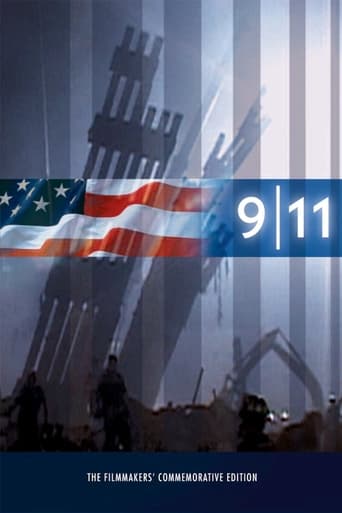

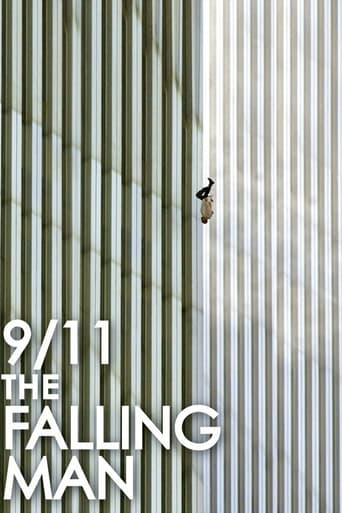
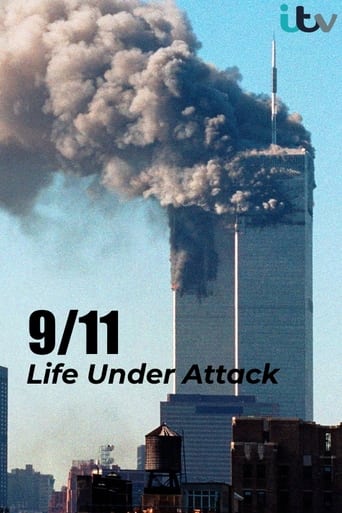
Visions of Light
Cameramen and women discuss the craft and art of cinematography and of the "DP" (the director of photography), illustrating their points with clips from 100 films, from Birth of a Nation to Do the Right Thing. Themes: the DP tells people where to look; changes in movies (the arrival of sound, color, and wide screens) required creative responses from DPs; and, these artisans constantly invent new equipment and try new things, with wonderful results. The narration takes us through the identifiable studio styles of the 30s, the emergence of noir, the New York look, and the impact of Europeans. Citizen Kane, The Conformist, and Gordon Willis get special attention.